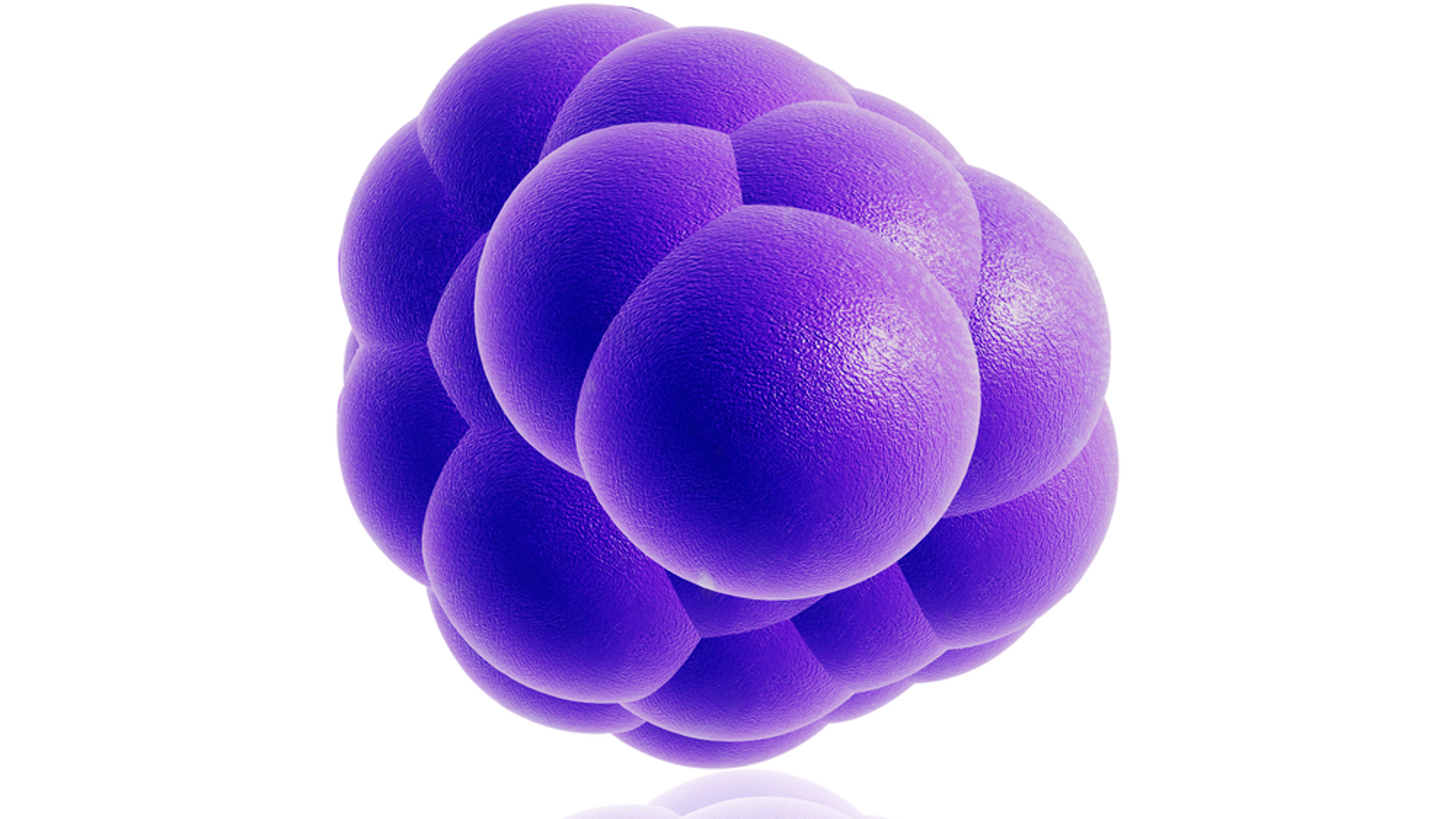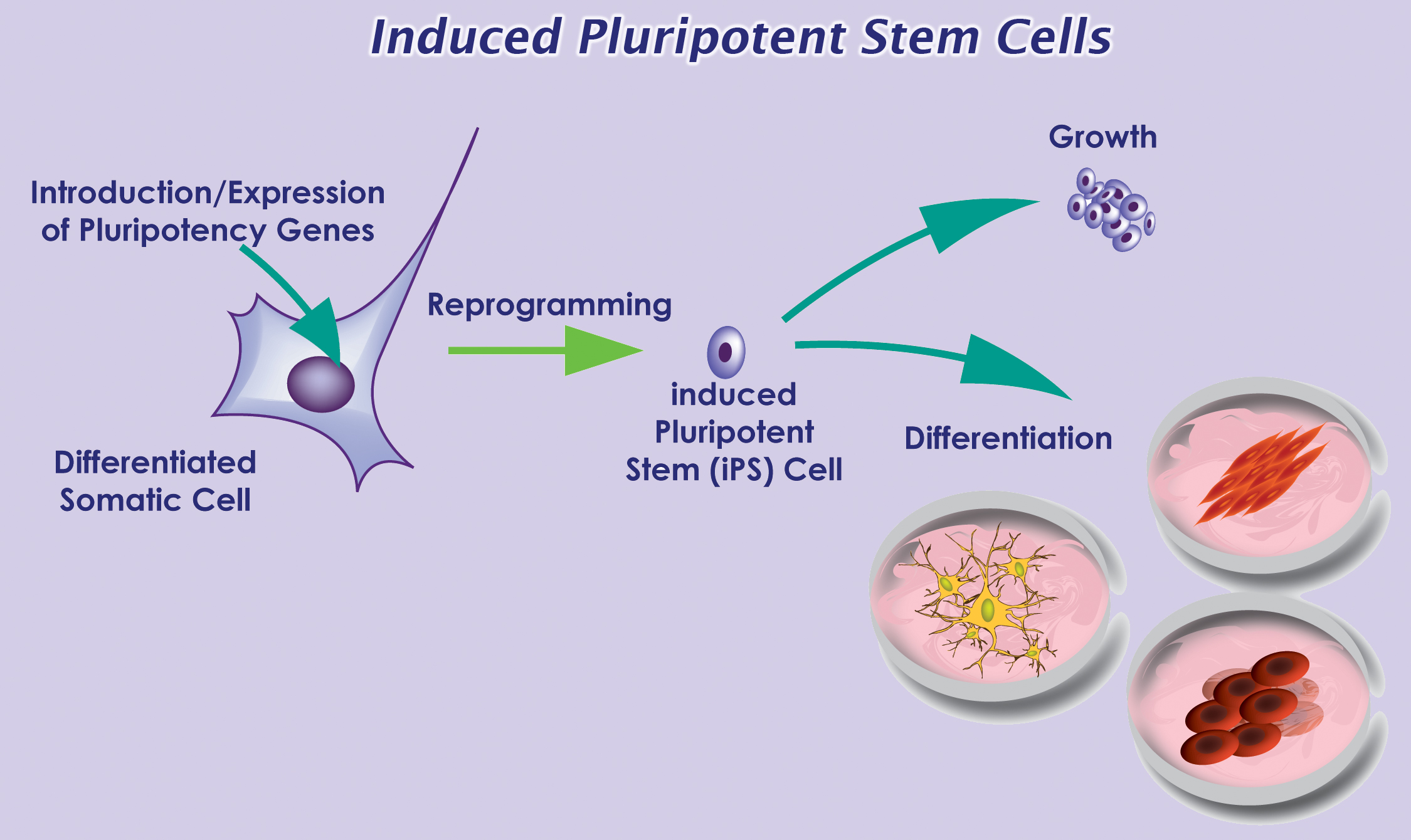

Unlike their regular adult counterparts, stem cells can proliferate for prolonged periods producing cells that either remains unspecialized or differentiate into one or more cell types. Stem cells have the unique capability to divide incessantly and can produce millions of progeny cells.

All stem cells have three important features: they are found in an unspecialized, undifferentiated state, they have the potential of unlimited cell division, and they can produce specialized cells.Due to this feature, they are an important asset in therapy. Stem cells act as a repair system providing new cells to replace those that have been damaged or lost.Stem cells are scientifically defined as unspecialized or undifferentiated cells found in specific environments throughout the body, and that can retain their ability to differentiate into different types of cells, usually of the same family or lineage. Another marked difference is the potential of stem cells to divide and differentiate into different cell types under specific physiological conditions. Multipotent cells can form one or more than one types of cells of the body.Īn essential characteristic difference between normal cell and stem cells is their unlimited differentiation capability, or ability to divide and renew themselves through cell division. Pluripotent cells can differentiate into all the cell types that make up the body. Totipotent cells can form all the cells of the body and the embryonic and extraembryonic cells. There are broadly three types of stem cells – totipotent, pluripotent and multipotent. In some tissues, like blood, stem cells divide on a regular basis to replace lost cells, whereas in other tissues they divide only when required, or under certain conditions such as damage. Placental or umbilical cord cells are located in the placenta and are harvested after birth to be stored in cord banks for future use.ĭepending on the tissue/organ they are found in, stem cells can give rise to various cell types. Adult stem cells are cells found in adult somatic tissues, dividing when prompted by damage. Stem cells are found and originate in the early stages of embryonic growth, as part of the embryo, placenta or umbilical cord, known as embryonic stem cells.


 0 kommentar(er)
0 kommentar(er)
